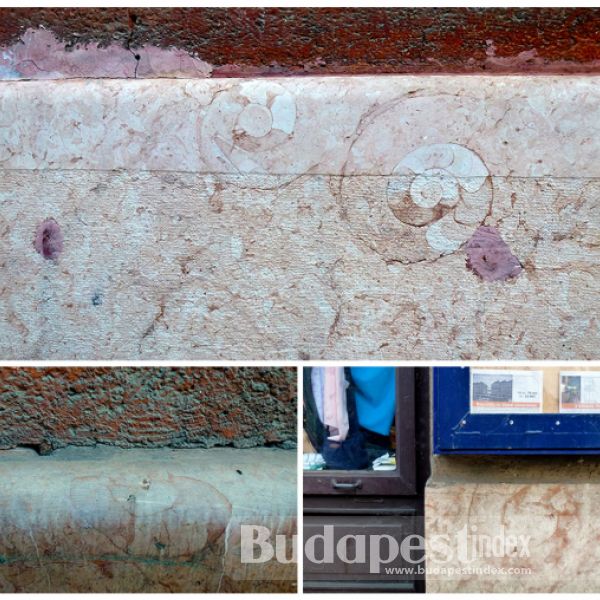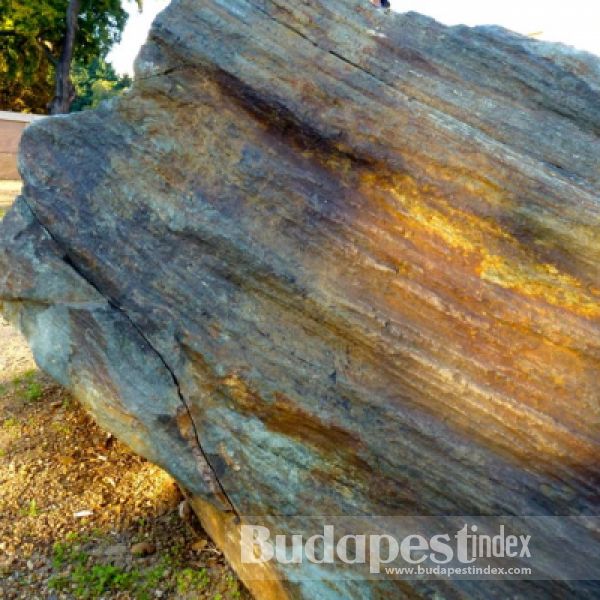
Many millions years ago the land where Budapest stands was sea, full of sea creatures. The Buda hills consist mainly of limestone and dolomite, which you can explore in caves which are a few around. The most famous one is the Pálvölgyi cave (spanning total length is over 7km).
The hills around Budapest were formed in the Triassic Period (it began 252 million years ago, at the close of the Permian Period, and ended 201 million years ago).
In Pál-völgyi Cave there are fossils proving that, but one doesn’t even need to go to the outskirts of Budapest to see the traces of that marine life. Just look around: here fossils are everywhere, literally, under your feet.







